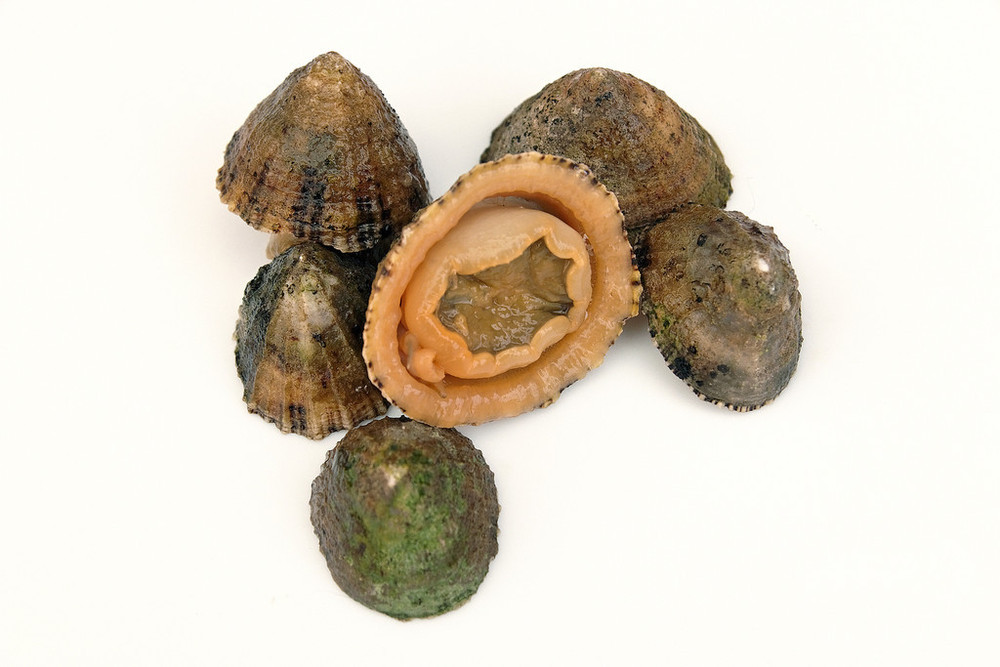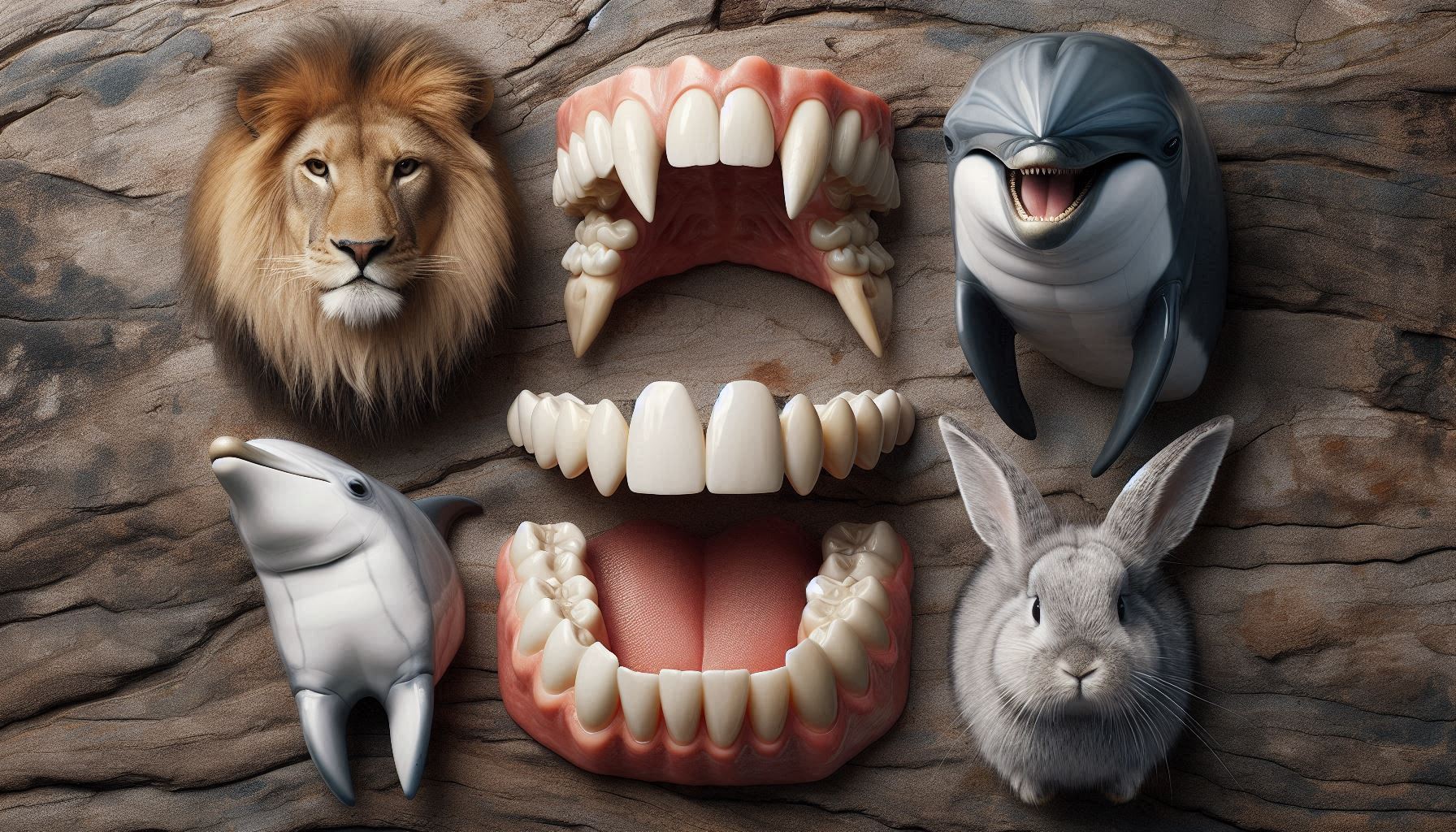When studying living organisms, we come across the idea that teeth are special parts of living organisms. They can be roughly categorized into incisors that cut up materials, canines that cut into pieces and can also be used as fangs for intimidation and attack, and molars that grind up materials, but I’ve also heard that losing teeth can affect a person’s lifespan. Teeth are the entrance through which food is taken into the body, and materials need to be broken down into small pieces in order to be digested, so they seem to be an important part of life.
Replacement teeth
Human teeth are replaced once in a lifetime as baby teeth are replaced by permanent teeth. The tendency for teeth to be replaced once and not regenerated thereafter is called diphyodontia, and this seems to apply to many mammals. There are also many creatures that are called polyphyodontia, which means they replace their teeth multiple times; elephants’ teeth are replaced as they age, reusing six sets of molars in their lifetime, while sharks and crocodiles replace their teeth thousands of times in their lifetime. The premise of teeth seems to be quite different, but it seems that teeth that are often subjected to impact, including attacks, are able to be replaced.
teeth that keep growing
It seems that the front teeth of hedgehogs and beavers continue to grow throughout their lives. Since they eat by constantly gnawing at food, it is likely that they are constantly wearing down, which is why they are designed to continue growing. Because they continue to grow, if they are not worn down appropriately, it can cause problems with the bite. Just like human nails and hair, the mechanism of their continuing growth can be difficult to manage.
iron teeth
Teeth are mainly composed of enamel and dentin, and tend to be associated with calcium, but there are also creatures whose teeth contain iron. The front teeth of beavers contain iron, which reacts with the tannins in wood to turn orange. The Komodo dragon also has an iron-coated tooth, which makes it very strong.

Strongest teeth made from natural materials
The teeth of chitons, which live on rocky shorelines, are covered with magnetite deposits, and their tensile strength, which is also the material’s resistance to breaking, is said to be the strongest of any natural substance at about 5 GPa. Chiton teeth are reinforced with nanocrystals of goethite on a base of chitin, achieving incredible tensile strength. Human teeth are said to be as hard as quartz, but chiton teeth are amazing, being nearly 50 times stronger.

歯の数
Humans have 32 permanent teeth, while dogs, cats and horses have around 30 to 40. Elephants have four, crocodiles have 60 and sharks have several hundred. Sharks have an impressive number of teeth, but the creatures that have far more teeth than sharks are snails and slugs. The teeth of snails and slugs are called radulas, and are lined up on the tongue like a file, and they number more than several thousand. Some species have as many as 20,000.
Amazing teeth
The chewing force is apparently one of the strongest forces in living organisms, and teeth are thought to be made strong to withstand that force. They also seem to have unique characteristics compared to other parts of the body, such as regenerating teeth and having high hardness. That must mean they are such an important part of the body. Teeth are amazing. The mechanisms of the living organisms on Earth are amazing.

